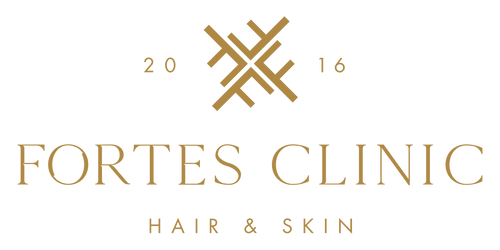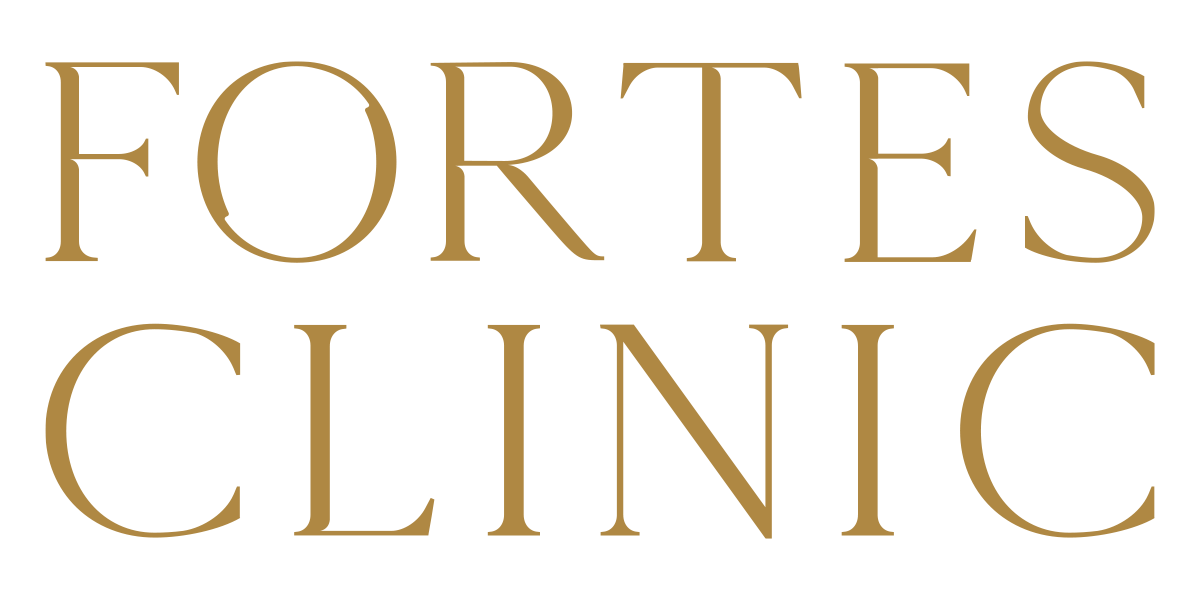Having thick and luscious hair is often associated with beauty and vitality. So, when you notice your hair thinning, it can be a cause for concern. Thinning hair affects both men and women, and it can have a significant impact on one’s self-esteem and overall confidence. In this article, we will explore the causes of thinning hair and provide you with practical solutions to address this issue. Whether you’re experiencing mild hair thinning or more advanced hair loss, read on to discover what you can do to tackle this problem and regain your hair’s fullness and strength.
Understanding Thinning Hair: Causes and Symptoms
Thinning hair can have various causes, and it’s important to identify the underlying factors to determine the most effective treatment approach. Common causes include hormonal imbalances, genetics, nutritional deficiencies, stress, and certain medical conditions. Additionally, ageing and excessive styling or chemical treatments can contribute to hair thinning. It’s crucial to recognize the symptoms of thinning hair, such as increased hair shedding, a widening part, or a decrease in hair density. Understanding the causes and symptoms will help you make informed decisions about your hair care routine.
Seeking Professional Advice
If you’re concerned about your thinning hair, it’s advisable to consult a dermatologist or trichologist. These hair specialists can assess your condition, identify the cause of your hair loss, and recommend appropriate treatments. Dermatologists specialise in diagnosing and treating skin and hair conditions, while trichologists focus specifically on hair and scalp health. Finding the right professional who understands your unique needs and concerns is essential for effective treatment and support.
Evaluating Your Lifestyle and Habits
In addition to professional guidance, there are lifestyle factors that you can address to support hair health. Evaluate your diet and ensure you’re getting adequate nutrients, including vitamins, minerals, and proteins, which are essential for hair growth. Managing stress levels is also crucial, as excessive stress can contribute to hair loss. Explore stress-reducing techniques such as exercise, meditation, or engaging in hobbies you enjoy. Furthermore, examine your hair care routine, ensuring you’re using suitable products and avoiding excessive heat or styling damage.
Choosing the Right Shampoo and Conditioner
Your choice of shampoo and conditioner can make a significant difference in maintaining healthy hair. Look for products specifically formulated for thinning hair, as these often contain ingredients that promote hair growth and strengthen the strands. Pay attention to labels and opt for gentle, sulphate-free formulas that won’t strip your hair of its natural oils. Additionally, consider using a conditioner that provides hydration without weighing your hair down, giving it a fuller appearance.
Avoiding Excessive Heat and Styling Damage
Excessive heat from styling tools, such as hairdryers, straighteners, and curling irons, can weaken the hair shafts and lead to breakage. Whenever possible, allow your hair to air dry or use the lowest heat setting on your styling tools. Apply a heat protectant spray before using any heat styling tools to minimise damage. Limit the use of tight hairstyles, as they can cause traction alopecia, a condition where constant tension leads to hair loss. Embrace looser styles or let your hair flow naturally to prevent unnecessary strain on your strands.
Exploring Treatment Options
Various treatment options can help address thinning hair, depending on the severity and underlying cause of your hair loss. Consider the following options:
Topical Solutions and Medications
Topical solutions, such as minoxidil (Rogaine), can stimulate hair growth and slow down hair loss. It’s available over the counter and is generally applied directly to the scalp. Another hair loss medication, finasteride (Propecia), is an oral prescription drug that can be effective in treating male pattern baldness. However, it’s important to consult a healthcare professional before using any medications to ensure they’re suitable for your specific situation.
Laser Therapy for Thinning Hair
Low-level laser therapy (LLLT) is a non-invasive treatment option that uses red light to stimulate hair growth. It’s believed to increase blood flow to the hair follicles and promote cell metabolism. Laser therapy can be performed at home with handheld devices or in specialised clinics. Consult with a professional to determine the best approach for your needs.
Hair Transplantation
For more advanced hair loss cases, hair transplantation can be a viable option. This surgical procedure involves transferring hair follicles from the donor area (usually the back of the head) to the thinning or balding areas. Hair transplant procedures have come a long way in recent years, offering natural-looking results with minimal scarring. However, it’s essential to consult with a reputable hair transplant surgeon to discuss the procedure, potential risks, and expected outcomes.
Platelet-Rich Plasma (PRP) Therapy
Platelet-rich plasma (PRP) therapy is a treatment that uses the patient’s own blood plasma, which is rich in growth factors, to stimulate hair growth. The procedure involves drawing blood, separating the plasma, and injecting it into the scalp. PRP therapy has gained popularity as a non-surgical option for hair loss, with potential benefits in promoting hair regrowth and improving hair density.
Microneedling for Hair Growth
Microneedling is a procedure that involves using a roller or device with tiny needles to create microscopic punctures in the scalp. These micro-injuries stimulate the body’s natural healing response and can promote hair growth. Microneedling is often combined with the application of topical serums or minoxidil for enhanced results. Consult with a professional to determine if microneedling is suitable for your condition.
Embracing Natural Remedies and Homecare
In addition to medical treatments, you can also explore natural remedies and homecare techniques to support hair growth and minimise further thinning. While these approaches may not provide instant results, they can contribute to overall hair health and complement other treatments. Consider the following:
Essential Oils for Hair Health
Certain essential oils, such as rosemary, lavender, and peppermint oil, have been associated with promoting hair growth and improving scalp health. Dilute a few drops of these oils in a carrier oil, such as coconut or jojoba oil, and massage the mixture into your scalp. Leave it on for a few hours or overnight before washing your hair.
Nutritional Supplements for Hair Growth
Supplements containing vitamins, minerals, and other nutrients can help support healthy hair growth. Look for supplements specifically formulated for hair health and consult with a healthcare professional to determine the appropriate dosage and suitability for your needs.
Scalp Massage Techniques
Massaging your scalp stimulates blood flow to the hair follicles and can help promote hair growth. Use your fingertips to gently massage your scalp in circular motions for a few minutes each day. You can also incorporate a scalp massage brush or device to enhance the experience and increase blood circulation.
Camouflaging Thinning Hair
While you work on addressing the underlying causes of thinning hair and promoting regrowth, there are styling techniques and products that can help camouflage the appearance of thinning areas:
Hairstyling Tips for Thinning Hair
Opt for hairstyles that add volume and fullness to your hair. Consider shorter cuts or styles with layers, as they can create the illusion of thicker hair. Avoid harsh centre parts and opt for side-swept styles or gentle waves to add texture and dimension.
Hair Fibre Products and Concealers
Hair fibre products and concealers are temporary solutions that can instantly make your hair appear fuller. These products contain tiny hair-like fibres that adhere to your existing hair, creating the appearance of thicker strands. Choose a colour that matches your hair and follow the product instructions for best results.
Embracing a Positive Mindset and Self-Care
Dealing with thinning hair can take an emotional toll, affecting your self-esteem and confidence. It’s important to nurture a positive mindset and prioritise self-care throughout your hair care journey:
Dealing with Emotional Impact and Self-Esteem Issues
Remember that hair loss is a common issue, and you’re not alone in experiencing it. Reach out to support groups or online communities where you can connect with others going through similar challenges. Seek professional help if you’re struggling with the emotional impact of hair loss, as therapy or counselling can provide valuable support.
Seeking Support from Others
Share your concerns and feelings with loved ones or trusted friends. Their support and understanding can help alleviate any emotional burden you may be carrying. Surround yourself with positive influences and focus on aspects of yourself beyond your physical appearance.



